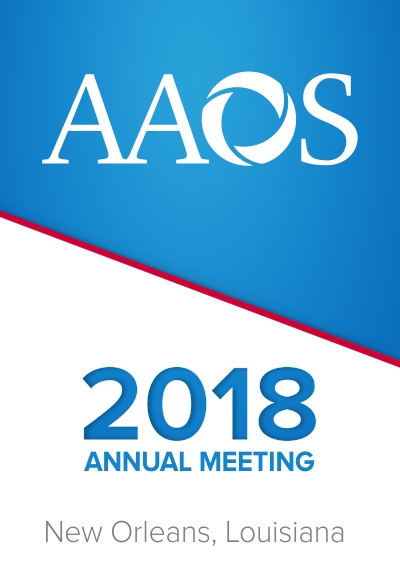
Shoulder & Elbow
AAOS2018: Does sling position after total shoulder arthroplasty significantly affect PROMs?
36 patients scheduled for total shoulder arthroplasty were randomized to shoulder immobilization for 6 weeks in either neutral rotation or internal rotation. Patients were assessed for patient-reported outcome measures and shoulder range of motion over the first postoperative year. For patient-reported function, no significant differences were observed between groups for the Disabilities of the Arm, Shoulder, and Hand (DASH) score, the Western Ontario Osteoarthritis of the Shoulder (WOOS) score, or the Singe Assessment Numeric Evaluation (SANE) score. For range of motion, a significant difference in favour of the neutral rotation group compared to the internal rotation group was observed in the increase in abducted external rotation while supine. Additionally, decrease in pain during shoulder adduction was significantly greater in the neutral rotation group compared to the internal rotation group.
Unlock the full article
Get unlimited access to OrthoEvidence with a free trial
Start TrialCritical appraisals of the latest, high-impact randomized controlled trials and systematic reviews in orthopaedics
Access to OrthoEvidence podcast content, including collaborations with the Journal of Bone and Joint Surgery, interviews with internationally recognized surgeons, and roundtable discussions on orthopaedic news and topics
Subscription to The Pulse, a twice-weekly evidence-based newsletter designed to help you make better clinical decisions
Exclusive access to original content articles, including in-house systematic reviews, and articles on health research methods and hot orthopaedic topics
Or continue reading this full article
Register Now

Subscribe to "The Pulse"
Evidence-Based Orthopaedics direct to your inbox.




































